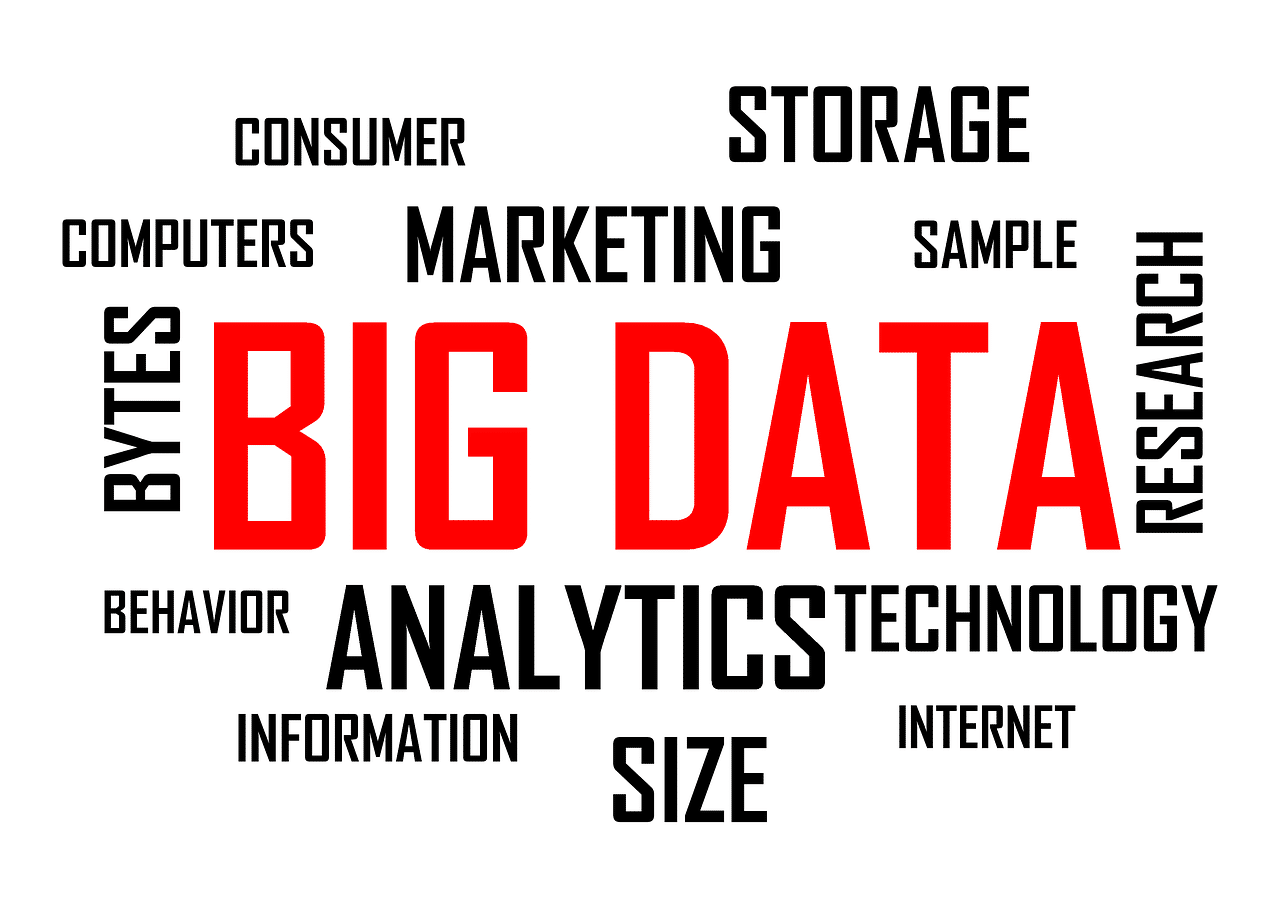
In recent years, marketing has come to rely on the input of big data in order to create compelling strategies and to launch sure-fire new campaigns. B2B data and database marketing are now an integral part of virtually every decision-making process.
Gone are the days of having to rely on guesswork to understand the composition of your target audience. Big data allows you to gain deep insights into pretty much any demographic you might wish to tap into. All of which is pretty amazing when you remember that this level of insight was almost impossible just a decade ago.
Marketers now have the capacity to observe what websites potential customers visit, which social media channels they prefer, and what their current product preferences are. It’s even possible to track their behavior on individual pages or to discover how many online shopping carts they’ve abandoned in the past.
Real-time personalization has become possible for many businesses. The topics and issues written about in content marketing campaigns have, likewise, become more relevant to their intended audiences.
Here are other ways the proliferation of data has continued to change the marketing landscape for the better.
1. Monitor Marketing ROI

In the past, it was difficult to track and monitor ROI, and campaign impact after launch. Fortunately, those days are over. Now, big data and database marketing allows campaign managers to monitor ongoing campaigns, conduct A/B tests, measure results, and analyze impact in real-time. This, in turn, helps them to optimize their efforts and improve performance on a regular basis.
2. Integrate Big Data Into Contextual Marketing

Big data analytics has evolved to the point where it’s able to provide insights based on data from sales, services, and target customers. The right affiliated technologies can help you create scalable analytics and systems to keep up with these evolving requirements.
Having access to this data can also help determine what content your audience is really responding to at each stage of the buying process. This knowledge can translate into the development of more relevant and personalized content in the future.
3. Promote Customer Loyalty

Implementing the right customer retention strategy goes a long way toward improving client relationships and increasing their lifetime value. Loyalty programs have also made it easier for business owners to provide an efficient way to track purchases and use this data to monitor which promotions and incentives customers respond favorably to. Tracking loyalty has proven to be an effective means of analyzing your target group’s buying behaviors or patterns.
4. Enhance Your Brand Image

Big data allows you to observe how users interact with your brand by monitoring websites, social media channels, and your customer’s digital footprints. You can find honest reviews, testimonials, and relevant criticism about your company, products, and service offerings.
These pieces of information can be invaluable resources for managing your brand reputation or improving your image. Data solutions mean that brands can monitor their social proof and respond to issues so that they can be quickly resolved.
5. Provide a Seamless Customer Experience

Customer value analytics allow marketers to speed up the sales cycle without compromising personalized service. Instead of undermining customer relationships, big data provides an omnichannel service that helps enhance the customer experience.
Whether you contact them via social media, over the phone, or through face-to-face interactions, customers receive the same information and undergo the same experiences across all touchpoints.
6. Better Competitive Analysis

Social monitoring technology is about so much more than reputation management or target audience insight. It can also be used to observe and analyze your competitor’s marketing strategies. These big data tools are an effective way to get creative/strategic inspiration, improve your current practices or learn from mistakes committed by your peers.
7. Reduce Overhead Costs

Optimizing marketing and administrative costs by aligning your selling and go-to-market strategies with the locations that have the best sales potential. Observe the sales reports and feedback you’re getting about your brand. Review which of your products are selling the most, which ones aren’t, and decide on your next steps based on those reports.
8. Optimize Your Pricing Strategies

It is now possible to differentiate and optimize your pricing strategies based on what you see in your data solutions system. Considering how a small price increase could result in a significant increase in operating profits, you’d be remiss to not take advantage of big data’s potential contribution to your company’s bottom line.
Wrapping Things Up
Big data has become an integral part of marketing. Businesses must take advantage of B2B global data solutions to remain competitive and maintain their edge in an increasingly crowded marketplace.
One way to leverage big data is by consolidating different customer data sources into a single, integrated cross-channel system to optimize their online footprint. Another way to do this is by implementing re-targeting campaigns for potential clients who’ve expressed interest but failed to continue into the purchase phase for one reason or another.
This sort of data-driven marketing strategy is far more reliable for making important business decisions. As technology evolves, gaining insight into customer motivations will become that much more granular and targeted, making it easier to respond efficiently within a shorter time frame.









